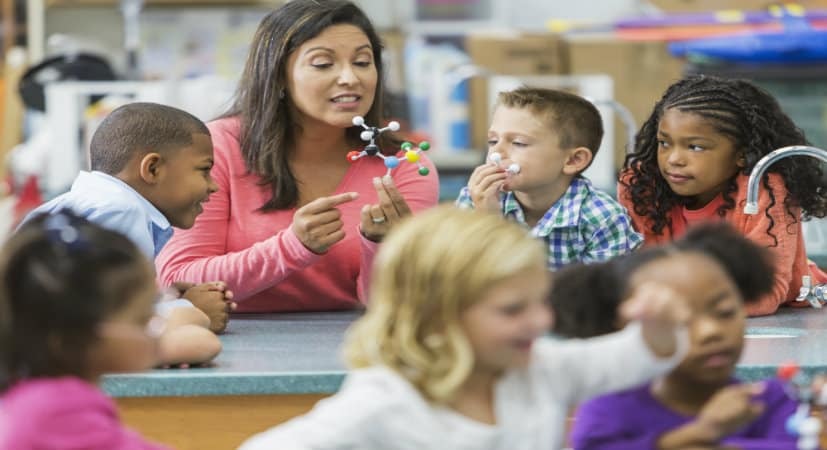Saving money while saving the environment is easier than ever when you follow these 15 easy tips from the Cuyahoga County Solid Waste District:
1. Before hitting the stores for back-to-school shopping, take a look at what is left over from last year. Folders, book covers, scissors, markers, glue sticks, and rulers may still be in good shape. Reuse some items and you’ll avoid ending up with more than you need.
2. Buy school supplies made from recycled materials. Look for pencils, paper, binders, and notebooks made with recycled paper. Most major stores have recycled content options.
3. Need new books? Consider buying used, opting for online, or renting. Used textbooks are often available for half off or more. Some schools are even experimenting with online textbooks, reducing both your costs and the strain on your backpack.
4. Donate unwanted but usable school supplies like crayons, markers, paints, paper, and workbooks to a local daycare, pre-school, day camp, or art program. Organizations like the Cleveland Kids in Need Resource Center will accept donations of school supplies and classroom materials.
5. A new school year means a new wardrobe, but it doesn’t have to mean a shopping spree at the mall. Contact your school’s parent-teacher organization about doing a uniform exchange or clothing swap. Or visit the many resale shops across Cuyahoga County that are packed with kids’ clothes year-round.
6. If you need to purchase a new computer or electronic equipment, make sure to recycle the old, unwanted, or broken items. CPUs, monitors, printers, laptops, and devices can be recycled year-round or seasonally at city service departments in Cuyahoga County. Residents should check with their community for details or visit our website.
7. Best Buy stores nationwide accept and recycle most electronics for free. See details at www.bestbuy.com/recycling. Also, Staples stores have a take-back program for home office equipment.
8. Lunch is everyone’s favorite subject. But if your child is taking a brown paper bag filled with plastic baggies, juice boxes and pre-packaged snacks to school every day, it can add up to a lot of trash. Invest in a lunchbox with reusable plastic containers, cloth napkins and a beverage bottle. Just by eliminating the daily plastic and paper waste, your child could save many pounds of garbage in a school year.
9. Pack in, pack out. If your kids are drinking water from single-use plastic bottles, milk cartons or aluminum cans, and a recycling bin is not close by, bring the item home for recycling.
10. Encourage your children to spread the word about recycling and reusing. They can suggest that their friends pack lunches in reusable lunch bags, containers and bottles to help prevent so much from being thrown away.
11. Teach your kids to recycle when you’re not around.
12. Inquire if your school has a recycling program and, if the answer is yes, explain to your children how to use it. If not, ask if there are any plans to implement a recycling program and how to make it happen.
13. Before your child throws something away, ask them to think about if the item can be reused or recycled. Encourage your kids to think outside the trash can. Placing something in the garbage should be a last option.
14. Students and teachers use lots of paper during the school year. Make sure that you’re recycling all those worksheets, test papers and unwanted art projects by putting them into your curbside recycling bin. Or drop off the paper at bins at local schools and places of worship.
15. Encourage your child to be a good example for recycling paper and other items throughout the school year.
POSTED ON:
